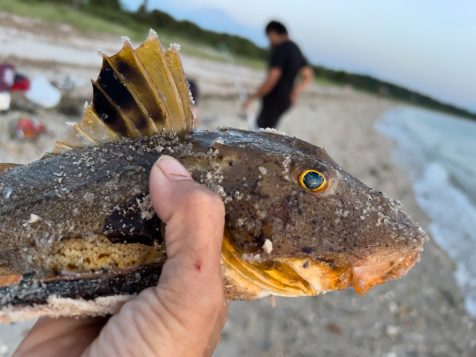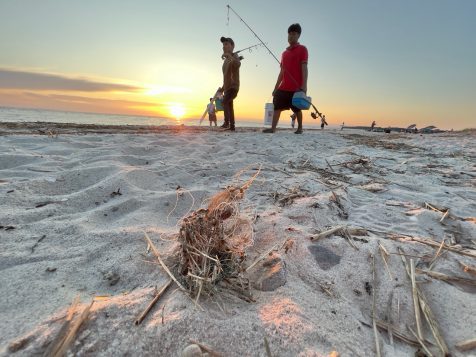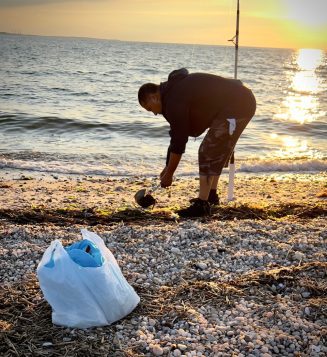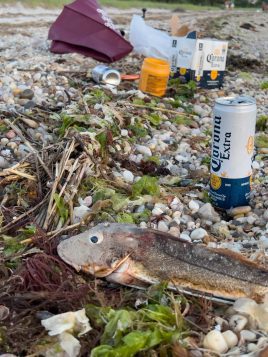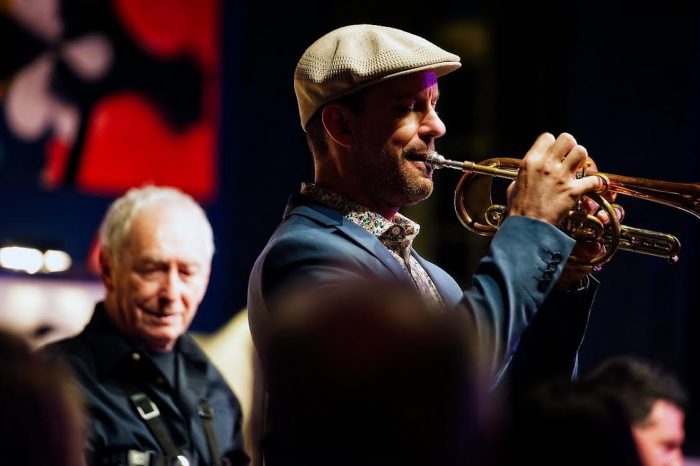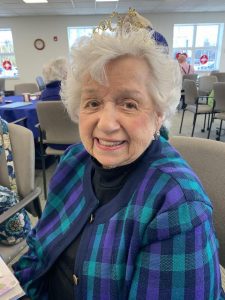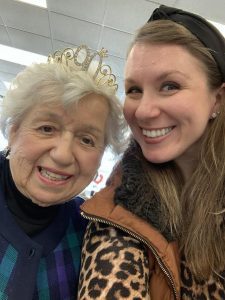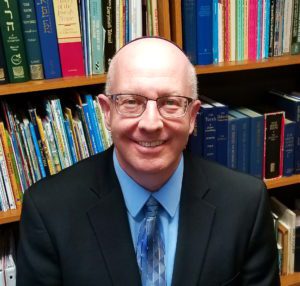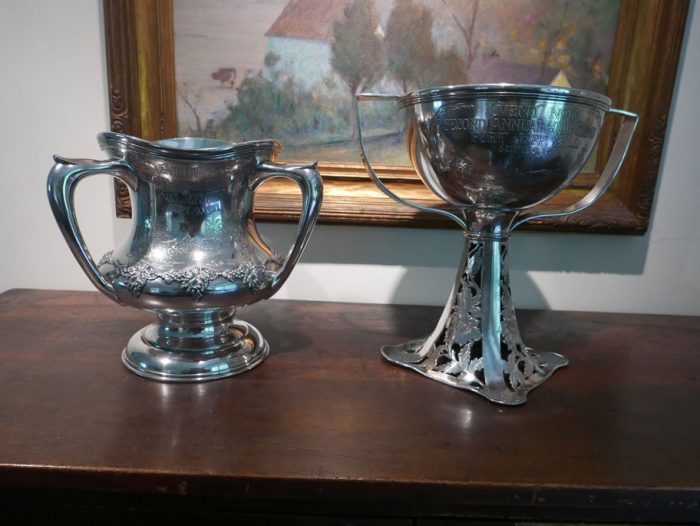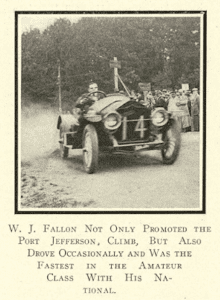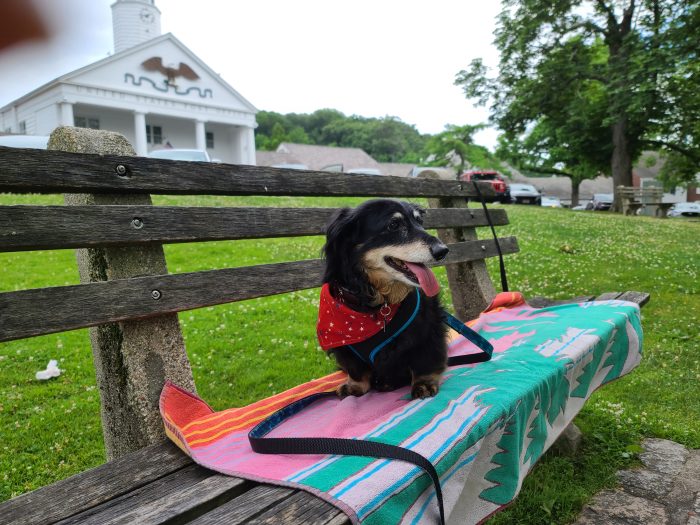By Beverly C. Tyler
John Broven’s article on his Amtrak trip to and from Pittsburgh [Our turn: “In praise of Amtrak, LIRR not so much,” TBR News Media website, June 5] inspired me to write about my 31-hour bus trip from Kansas City, Missouri, to New York City in 2018. This took longer than our trip from Setauket to Sidney, Australia in 2002.
I attended the American Association for State and Local History Annual Meeting in Kansas City at the end of September. I flew out and to do something I’ve never done before — I took the Greyhound bus home.
The scheduled departure was 10:25 p.m., however the bus was behind schedule. I discovered the seats here and at every bus terminal were uncomfortable, metal and ribbed, so sitting on them was painful. I met fellow traveler Don in the terminal and we talked about history and architecture. The staff here were not sure of how the bus was doing until about 15 minutes before the bus arrived. We finally left Kansas City a little more than two hours late.

The seats on the bus were very uncomfortable with little legroom, no place for my travel mug and no overhead reading light in any seat. In the rear of the bus people talked constantly and loudly. I was about in the middle. The bus was very noisy, rough riding and included a disturbing high-pitched squeal that became higher as we increased speed.
We had a rest stop in Columbia, Missouri, a nice clean place with good food and drink choices. We arrived in St. Louis at 4:45 a.m. and expected to be there about two hours. The small hot food place (pizza etc.) was not open, just snack food, water and sodas available, no juices.
We changed buses and left St. Louis at 6:28 a.m. I got a much better seat with good legroom in the escape window aisle. There were no snack tables on any of the buses. I know I shouldn’t expect them, but they are normal on buses in Europe. No overhead individual lights and no Wi-Fi on this bus. The only electrical outlets that worked were on the right side of the bus, but otherwise this was a better bus. The last one had trouble with shocks, according to the driver who almost left the road at one point due to hitting a bad spot in the road. The new driver really laid down the law with respect to noise, cellphones, bathroom, courtesy, etc. He even said that we had to keep our shoes on, in case of emergencies. First time I heard that. We had a beautiful sunrise with fog across the open fields as we left St. Louis, very picturesque. My seatmate was on the phone for at least an hour after we departed.
We arrived in Indianapolis, Indiana, just before noon. It was Sunday, and the crowds were already coming into the Colts stadium next door. The weather was gorgeous We had just 20 minutes to get something for lunch or breakfast although the schedule called for 55 minutes. The only place close by was a White Castle across the road with a long line. The waiting room and restrooms were dark and dreary, not sparkling and scrubbed as they were in Columbia. We lined up to get back on our bus and were told to get our carry-ons from the bus and get on a new bus.
Homeward bound
We left Indianapolis at 12:42 p.m. This bus was not well maintained. Most of the seats were threadbare and cracked which gave rough edges. Just like the first two buses, we felt every bump in the roadway. We paused in Dayton and Springfield, Ohio, to pick up local passengers and stopped for 45 minutes in Columbus, Ohio. There was nothing in the bus terminal except a few snack-and-drink machines. I hoped to get a meal in Pittsburgh, Pennsylvania. I talked to a lady who embarked at Indianapolis and had to work this night in Pittsburgh. She said Greyhound was delayed in both directions and the worst part was that no one could tell her when the bus would arrive — they kept saying “15 minutes.”
We arrived in Pittsburgh about 8 p.m. We are told only 20 minutes here. The restaurant in the bus terminal was closed, so the only choice for supper was a pop tart and an iced tea from one of the machines. Just as we were leaving, they opened up again — too late. We thought they were closed for the night.
When we got back on the bus, we found out there were two wheelchair passengers to load so seats had to be removed. As a consequence, we had to move our stuff to a seat in front or at the rear. We hustled to get it done. I ended up sitting with a woman on her way to Philadelphia. We started a conversation just before the new passengers came onboard, including one couple who insisted on sitting together, but there were only single seats available. The woman insisted that they had assigned seats, which nobody gets. The agent said they would have to take available seats or leave.
Unfortunately, both the couple and the agent were yelling loudly, insistent and unmoving. Before it got to the point of throwing the couple off the bus, my seatmate whispered to me that she would move if I did. We got up and offered the couple our seats. Everything calmed down. Like so many of the people I met on this trip, my brief seatmate was a pleasure to talk to. The people I met, including the new bus driver we had from Pittsburgh to New York City, were the best part of the trip.
We left Pittsburgh an hour behind our new scheduled time. None of us on the bus from Indianapolis had any supper, but no one really complained. Sitting in the front for the first time the road ahead was mesmerizing.
At 10:35 p.m., we stopped at the Sideling Hill rest stop in Pennsylvania. Some of us got off the bus to use the restrooms and were surprised that the shop there was open with all kinds of drinks and sandwiches that we could microwave. It was a real treat and our driver gave us up to 45 minutes even though we were scheduled for 30. I treated myself to a green chili fajita and a pumpkin spice latte. We all hurried up as fast as we could and were back on the bus and on our way by 11:10 p.m.
We arrived in Philadelphia just after 3 a.m. I finally got some sleep on the way to Philly. I stayed on the bus so I didn’t have to go through the regular process of getting a return note or tag and wait until we were summoned to get back on the bus. This happened at every bus terminal stop. Interestingly, the two best rest stops we stopped at were along the PA Turnpike an hour and fifteen minutes out of the Pittsburgh bus station and Columbia. Neither is a bus terminal, but they are the cleanest places with the best choices of food.
We left Philadelphia for New York about 3:30 a.m. and I was able to sleep. We arrived at Port Authority Bus Terminal in New York City at 5:15 a.m. I couldn’t believe how fast the trip was from Philadelphia.
I walked to Penn Station and made the 5:47 to Stony Brook. We had to change at Huntington, and I was glad to have my walking stick as we had to walk up and over the footbridge to get the train to Port Jeff. The walking stick really helped on the climb and descent. Barbara picked me up at the Stony Brook station at about 7:45 a.m. I was glad to be home at last..
Beverly C. Tyler is a Three Village Historical Society historian and author of books available from the society at 93 North Country Road, Setauket. For more information, call 631-751-3730.



